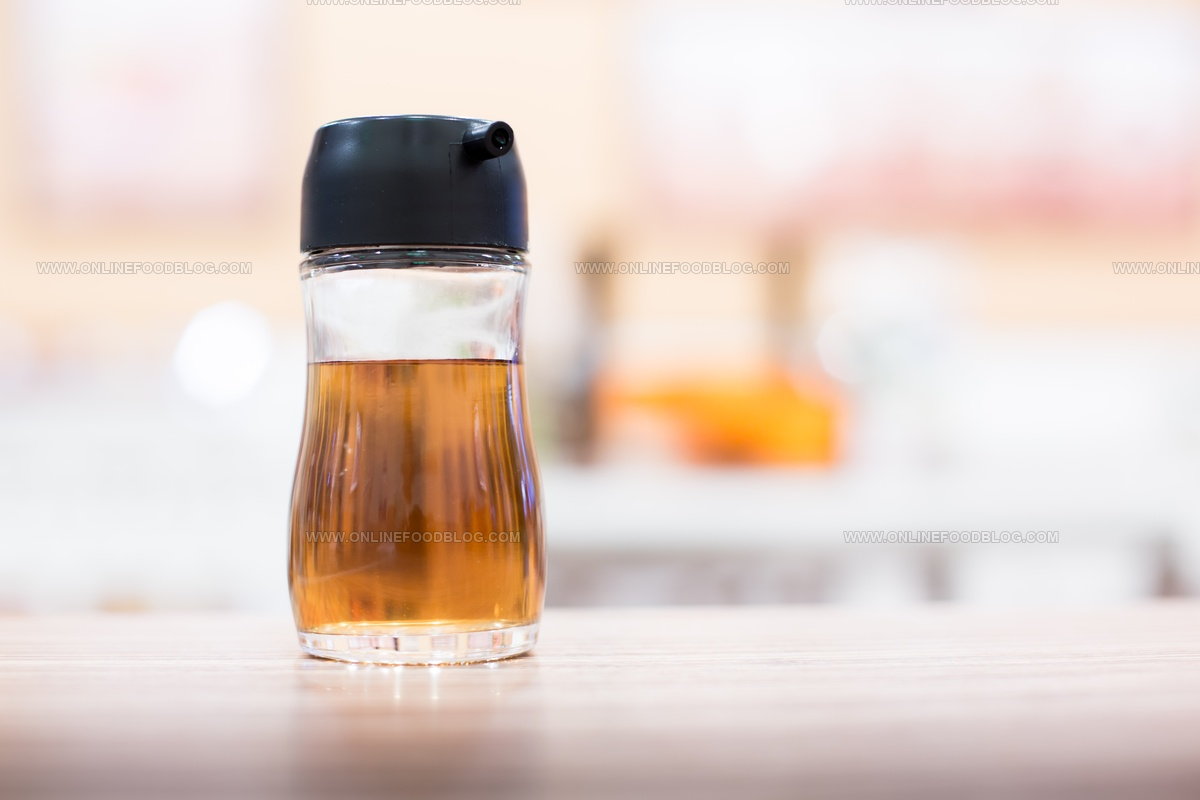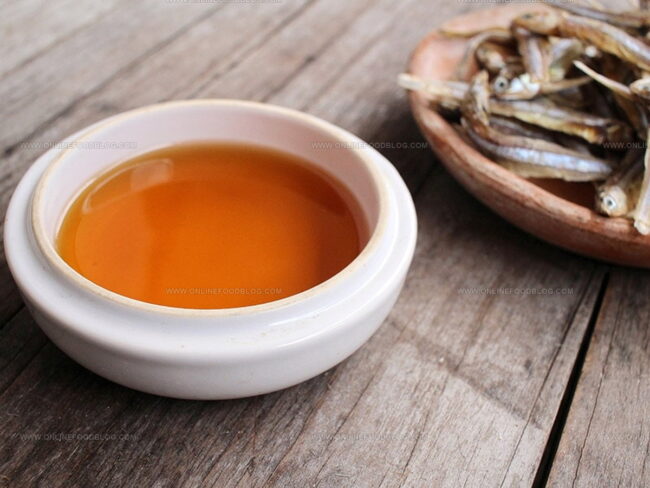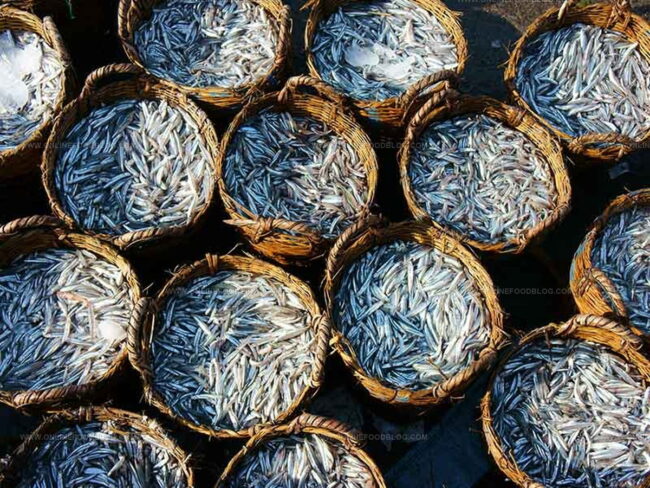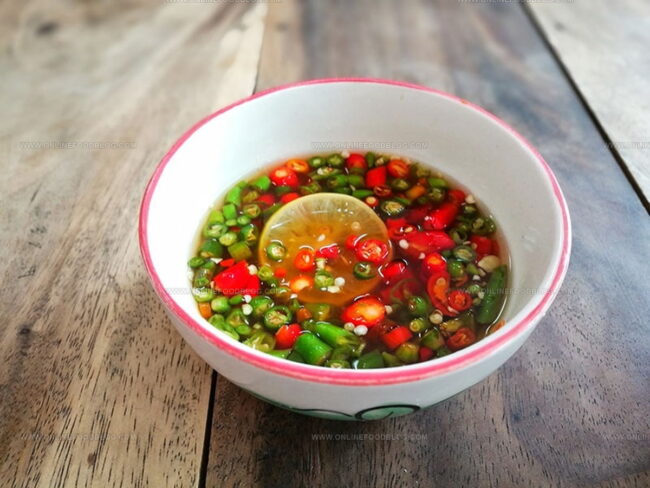What Does Fish Sauce Taste Like? Discover This Salty Sea Gem
Fish sauce, a cornerstone of Southeast Asian cuisine, might seem mysterious to many home cooks.
This pungent liquid carries a complex culinary reputation that intrigues food enthusiasts worldwide.
Passionate chefs understand its transformative power in creating depth and umami in dishes.
Its unique profile goes far beyond simple saltiness, promising a surprising gastronomic experience.
Skeptical cooks often hesitate before trying this powerful condiment, wondering about its actual impact on their cooking.
Cultural traditions have elevated fish sauce from a simple ingredient to a revered flavor enhancer.
Your curiosity about this intriguing liquid will be rewarded as you uncover its remarkable characteristics and potential.
Let's dive into the fascinating world of fish sauce and unlock its delicious secrets.
Fish Sauce Basics
Fish sauce stands as a key ingredient in Asian cooking, bringing deep salty and rich flavor to many dishes.
Makers create this special sauce by mixing fish with salt and water through a fermentation process.
You can swap fish sauce for soy sauce or oyster sauce in different recipes with ease.
This seasoning provides similar savory notes to other condiments.
Small amounts of fish sauce can enhance soup flavors without making the dish too salty.
Thai dishes especially benefit from fish sauce, which adds a rich taste to every bite.
Different regions across Asia produce unique versions of this sauce.
Vietnamese fish sauce typically appears as a clear amber liquid, while Filipino versions have a lighter brown color.
Thai fish sauces tend to be sweeter because makers add more sugar during preparation.
Chinese cooking features multiple types of fish sauce, with each region crafting its own special blend.
Regional differences mean each sauce carries a unique and distinct flavor profile.
Makers carefully balance salt, fish, and fermentation to create these complex sauces.
Chefs worldwide appreciate fish sauce for its ability to bring depth and character to many different meals.
The Taste of Fish Sauce
Fish sauce might seem strange, but it's a magical liquid that brings ocean flavors to your cooking.
This salty sauce carries deep, rich tastes from tiny sea creatures.
Its strong smell reminds you of salty waters and hidden marine secrets.
Salt mixes with fish during an old preservation method, creating a complex flavor that goes way beyond simple seasonings.
Hints of sweetness dance with sharp salty notes, making each drop special.
Healthy benefits hide inside this dark liquid.
Vitamin B12 works hard to protect brain health and fight mental challenges like memory loss and mood problems.
Cooks across Asian kitchens reach for this special sauce when they want deep, rich flavor.
Countries like Thailand and Vietnam started this tradition centuries ago.
Workers would pack fish with salt, letting natural processes work their magic.
Months of careful waiting transformed simple ingredients into something extraordinary.
When you taste fish sauce, your mouth experiences a rich world of flavor.
Salty waves mix with soft sweet hints, creating a sensory experience that regular salt can never match.
How Fermentation Duration Affects Fish Sauce Flavor
How long fish sauce ferments changes how it tastes, smells, and even looks.
Short fermentation creates a lighter color and a mild, salty flavor that’s easier for beginners to enjoy.
Longer fermentation makes fish sauce darker, thicker, and much richer in taste, with strong umami notes and a deeper aroma.
Sauces aged for many months or even years develop more complexity and a mellow, slightly sweet finish.
Choosing between short or long-fermented fish sauce depends on whether you want a mild and simple taste or a bold and savory kick for your meals.
Types of Fish Used for Fish Sauce
Salty and rich, fish sauce comes from small sea fish.
Anchovies live in ocean waters and become the main ingredient for this special sauce.
Workers clean the small fish and pack them in big wooden barrels with salt.
These barrels sit for many months as the fish slowly break down.
Salt water makes up half the sauce, while anchovy pieces fill the other half.
Some makers add small amounts of sugar and vinegar to balance the flavor.
Some sauce makers might mix in different fish or shrimp paste, though this does not happen often.
How Fish Sauce Smells
Makers create this salty brown paste by fermenting salted anchovies in seawater and draining the liquid through an old preservation method.
Powerful smells from fish sauce might shock someone's nose, bringing memories of rotting seafood or unpleasant sewage odors when first encountered.
Chefs know how wonderful this sauce becomes when mixed into Thai curries and Vietnamese pho noodle soup, where its complex taste shines through.
Novice cooks could feel confused by its strong scent, but learning to balance this seasoning makes it an essential ingredient in multiple delicious recipes.
Top Fish Sauce Brands
Fish sauce is a staple in many kitchens, adding deep flavor to all kinds of dishes.
Here are some popular fish sauce brands that home cooks and chefs often reach for:
Trying different brands can help you find the one that matches your taste best, whether you want bold or subtle flavors in your cooking.
Picking a Good Fish Sauce
Fish sauce brings rich flavor to many dishes and can make cooking more exciting. Here are some helpful tips for choosing and using this special seasoning.
Fish sauce comes in various strengths for different uses:
These tips help you select and enjoy fish sauce that adds delicious depth to your meals.
Well-Known Fish Sauce Choices
Not all fish sauces share the same taste.
Each brand carries a unique flavor, with the specific fish type playing a key role in determining the sauce's final flavor profile.
Different fish sauces might sound similar but carry distinct names based on their place of origin.
Regional variations create subtle yet noticeable differences in how these sauces are identified and described.
Nam Pla
Nam Pla sits at the heart of Thai cooking from Southeast Asia.
Words meaning "fish water" describe this special sauce perfectly.
Small sardines mixed with salt create Nam Pla's unique flavor.
Compared to other fish sauces, this Thai version brings a more intense and salty punch to dishes.
Nước Mắm
Fish sauce in Vietnam carries its own special identity.
Vietnamese fish sauce uses anchovies and salt, similar to Thai fish sauce.
Its scent feels gentler compared to Nam Pla.
Fish sauce production varies across Vietnam depending on local fish supplies and regional conditions.
Phu Quoc island stands out as producing what many consider premium Nuoc Nam.
Vietnamese fish sauce brands often include nitrogen content details on their packaging.
Higher nitrogen numbers indicate superior fish sauce quality, signaling a more refined product.
Patis
Fish sauce from Philippines called patis sits as a key ingredient in local cooking.
Makers create this sauce through a careful process of fermenting fish or bagoong, which means production takes more time compared to other fish sauces.
Cooks typically prepare patis before serving meals, different from many other fish sauces that work well in raw form.
This preparation method works across multiple dishes, including when adding flavor to salads.
Cooking With Fish Sauce
Fish sauce stands out as a top kitchen secret weapon.
Packed with rich flavor, this liquid brings magic to countless dishes.
Small amounts can change an entire meal's taste profile.
Cooks love how it works with different ingredients:
Dipping With Fish Sauce
Fish sauce adds rich, deep flavor to any meat or vegetable dish, creating a natural taste enhancement.
Cooks often mix extra ingredients to build more complex flavor profiles.
Vietnamese kitchens blend sugar, garlic, and chile into a signature sauce called Nuoc Cham.
Chefs craft this sweet and savory mixture as a fragrant dip that doesn't smell overly fishy.
Nuoc Cham works perfectly with boiled dishes and mild foods that need an extra flavor kick.
Marinating Foods With Fish Sauce
Fish sauce works magic when seasoning meats across Southeast Asian kitchens.
Chicken, pork, beef, and other meat types soak up its special flavor.
Fish sauce helps bring out deeper tastes in dishes.
When meat sits in this liquid, its natural flavors become richer and more complex.
Vietnamese grilled pork called Bun Thit Nuong shows how well this method works.
Local cooks might want to include fish sauce when planning their next backyard grill session.
Salt can easily be replaced with fish sauce to reduce sodium levels in meat dishes.
Cooking With Fish Sauce
Fish sauce works as a salt substitute when cooking.
Fish sauce brings complex flavor profiles that can enhance dishes more effectively than basic seasonings.
Stews and noodle broths benefit from fish sauce.
Liquid fish sauce blends seamlessly into simmering pots, creating deeper flavor without overwhelming aroma.
Meals prepared with fish sauce develop richer taste characteristics compared to standard recipes.
Fried rice gains delicious depth through fish sauce additions.
Chefs can sprinkle a small amount of fish sauce directly into cooking pans as an alternative to standard salt.
Sauces like this work wonderfully for glazing other fried dishes.
Final results promise intense taste sensations.
Mixing Fish Sauce With Sauces
Bolognese sauce rings familiar to many.
Boosting its flavor takes just 2-3 teaspoons of fish sauce.
Barbecue sauce stands as another delicious option.
Delightful sauces like these welcome fish sauce as a secret ingredient that enhances overall taste.
Using Fish Sauce As Dressing
Salad lovers can boost flavor with fish sauce.
This secret ingredient brings a whole new world of taste to favorite starters.
Vietnamese cooking often uses fish sauce as a base for dressing salads.
Western dishes like coleslaw also welcome fish sauce as a tasty addition.
Mixing in a spoonful after combining other ingredients creates a surprising twist.
Something that sounds odd might actually become deliciously memorable.







Mia Reynolds
Food Writer & Home Cooking Specialist
Expertise
Easy Home Baking, Recipe Writing and Storytelling, Local and Seasonal Ingredients, Baking for Beginners
Education
New England Culinary Institute (NECI), Montpelier, Vermont
Community College of Vermont, Winooski, Vermont
Mia Reynolds fell in love with baking as a teenager experimenting in her family kitchen. Her passion took her to New England Culinary Institute, where she learned practical pastry techniques, and later to Community College of Vermont to deepen her understanding of food management.
Mia combines clear, simple baking instructions with heartwarming stories, making home baking approachable for everyone.